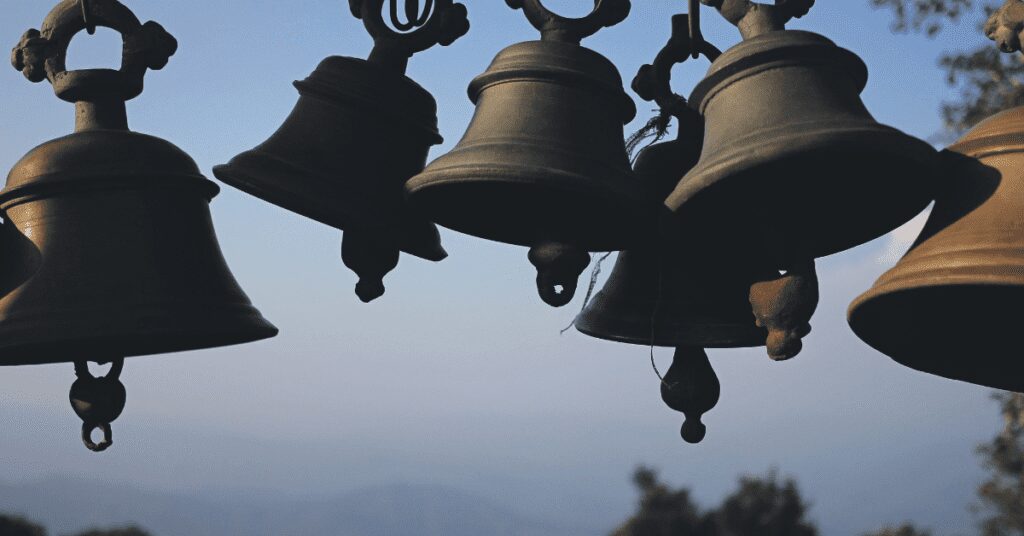By Babette Chatman
I learn best through experience; this is how I learned to relate to neighbors of different faiths.
I am currently Augsburg’s Campus Ministry University Pastor with Co-Pastor Justin Lind-Ayres. I am an Augsburg alum and formerly a collaborating partner with Campus Ministry through my work at Redeemer Lutheran Church and Redeemer Center for Life, a non-profit outreach of RLC in the Harrison Neighborhood in North Minneapolis. Augsburg University is a very diverse campus in an urban setting in South Minneapolis. With a little over 2,000 undergraduates, 29% of students are first generation college students and 35% identify as students of color. Your context may not be as diverse as where I’ve spent the last several years. But make these commitments to yourself and you might be surprised at the cross-cultural understanding that develops.
1. Being grounded in who I am as a Lutheran leads me to be open to engaging our neighbors who practice other faith traditions or no tradition at all. Knowing my own theology and identity keeps me from being defensive and allows me to be open. Teach your people to be confident in their own tradition, so they can encounter others without being defensive.
2. Assignments can push our boundaries. While attending Pacific Lutheran Theological Seminary one of my assignments was to visit several other faith traditions for a world religion course. I had approached an Augsburg Alum about the possibility of her being available to answer questions about Islam for me. To my surprise she said the best way to understand Islam was by experience. She suggested we attend Jummah (Friday noon prayer) in Bloomington, MN and follow up with interfaith dialogue over lunch at the Somali mall in Minneapolis. We met up at the mosque and Fardosa presented me with an hijab, a gift for the visit. We were welcomed into the service; afterward, she had arranged a meeting for me with the Imam. We spent hours in the little Somali restaurant, sharing and building our relationship. I now work alongside Fardosa Hassan, at Augsburg in the Campus Ministry office. She is the Muslim Student Program Advisor and assistant director of the Interfaith Institute directed by Rev. Mark Hanson, Bishop Emeritus ELCA.
What would an “assignment” look like for a congregation that wished to relate more authentically to neighbors of other faiths? Could you find a community partner that would pair visitors from your church with a friendly face when they visit another place of worship, as Fardosa did for me? While social distancing, what are some unique opportunities we have to virtually visit other faith communities? Take an inventory of your congregation members’ networks. You probably already have connections to many other faith traditions.
3. My top priority is to be curious. As University Campus Pastor on such a richly diverse campus, I must constantly ask questions and listen deeply with an open heart to learn. I’ve learned that Somalis eat bananas with every meal when possible. I’ve learned that most people are generous with sharing their faith. I find that most faith communities like to host visitors and engage their curiosity. What would it mean to your congregation if curiosity was one of your most recognizable traits as their leader?
4. Share the wonder of gifts. Fardosa gave me a gift that she brought me from her visit to Kenya a couple years back. She said it was a piece of a tree back home that Muslims believe Mary, the mother of Jesus, held onto while giving birth to Jesus. Can you imagine how cherished a gift this is? I wonder how I can be worthy of such relationship.
5. Start with the youth. Our university students of all faiths learn to speak about their own faith and engage in respectful dialogue by leading events for those younger than themselves. Augsburg University hosts overnight immersion experiences for middle and high school youth groups to participate in inter-faith relationships in our surrounding neighborhood. We also host an Interfaith Day of Service on a federal holiday every year. It is formative for our students to lead such events. How might your congregations’ youth or young adults lead on inter-faith understanding?
About the Author
Babette Chatman is one of the University Pastors at Augsburg University in Minneapolis, Minnesota. She serves on the Mission Table of the Minneapolis Area Synod and is part of its Leader of Color cohort.

